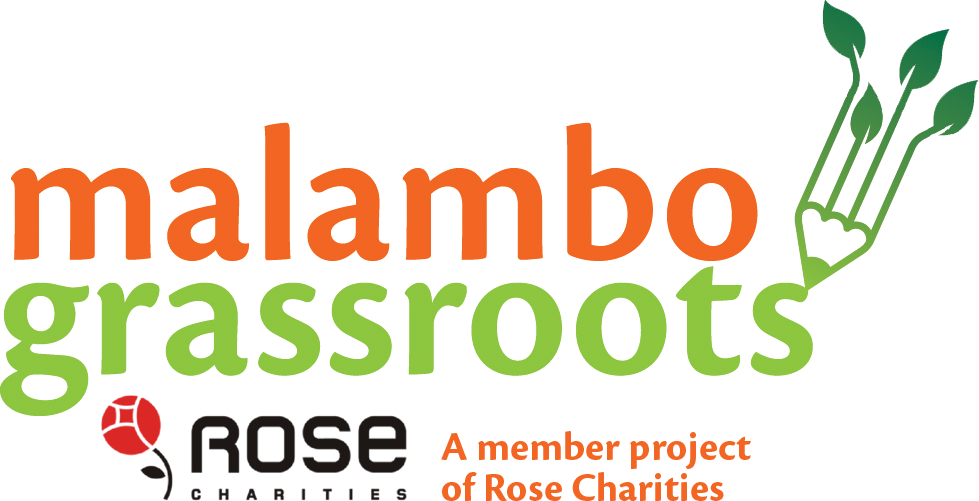Read below an excerpt from a piece in the November 2012 issue of the Kootenay Quilters’ Day Guild Newsletter. The article focuses on the work of one of the founding members of Malambo Grassroots with the women’s group in Zambia!
The Malambo Grassroots organization is a success story that makes Marylee Banyard feel a great sense of inner contentment. Over the course of the last 20 years, Marylee has seen the women involved in the organization develop their skills and flourish. As a grassroots organization, they hone their handiwork so that it can easily be sold at fundraisers in Canada. Many quilters purchase the hand-embroidered pieces and make them into attractive wall hangings or quilts, such as the work of Nellie Shukin depicted above. Money is used to support community initiatives sponsored by the women and is also critical to the success of ongoing maintenance of plumbing in the centre and the preventive maintenance of 2 industrial sewing machines and 6 other machines. In addition to Marylee’s efforts, the Rotary Club of Nelson generously donated tables and chairs and an industrial sewing machine to the centre. Private donors have also assisted to ensure that the centre flourishes.
This year Marylee will assist with a project to enhance the work of the local PTA. A guest speaker will talk about the childrens’ education. The women of the centre will then break into 6 groups to discuss issues surrounding the presentation and will develop an embroidered banner depicting their discussion issue and possible ways to resolve the issue. This whole process is also aired in the media. The sense of community involvement and development is significant.






